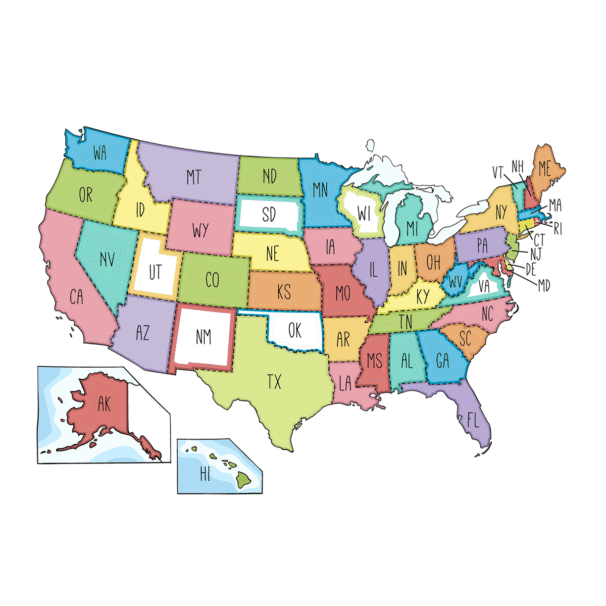Why do States have an Exclusion List?
States are required to notify the Health and Human Services (HHS) Office of Inspector General (OIG) only when they exclude or terminate an individual or entity based on federal law.
States are not required to notify the OIG (nor should they) of actions based on state laws because if the sanction fails to meet the criteria for a federal exclusion, the exclusion will not be posted on the LEIE.
It can take several months for the OIG to process the State-reported sanction and determine if the OIG will also impose a federal exclusion based on violation of federal laws and post it to the LEIE.
A State might exclude a party for failing to pay state taxes, or a variety of other reasons that would not be valid bases for federal exclusion.
For this reason, states maintain a list of individuals and entities that are terminated, suspended, sanctioned, or otherwise excluded from the State Medicaid program.
States may also maintain their list as a central registry for state sanctions, which include other non-healthcare actions, as well as exclusions or terminations.
For example, federal exclusions can be imposed for failing to repay federal loans, and it would be reasonable for a state to have a similar exclusion basis.
Why don’t some States have an Exclusion List?
States aren’t required to maintain a state exclusion list, and seven states have elected not to: New Mexico, Oklahoma, Rhode Island, South Dakota, Utah, Virginia, and Wisconsin.
These states may have other sanction lists. For example, state agencies responsible for contracting may maintain a separate debarment list, the agency responsible for providing services to those in need of care may have a list of individuals who cannot participate, or the State Department of Health might have its own list, and so on.
How are the State Exclusion Lists different from the OIG Exclusion List?
One difference is that some state lists don’t exclusively contain healthcare sanctions. They are a centralized list for several sanctions, each of which may have a different impact. This is similar to the System for Award Management (SAM) at SAM.gov, which includes debarments beyond healthcare.
The other, and more important, difference is that federal exclusion lists do not post state exclusions; therefore, the state list is where to find exclusions based on violations of state laws.
Do all State Exclusion Lists include the same information and in the same format?
No.
You’d think we would have a standard for something this important, but sadly, no.
Some lists are in Excel format, others are in Word or PDF, and some are simply HTML web pages.
Information available in State Exclusion Lists can also vary widely, with some that include little more than a name and address.
Why screen all State exclusion lists?
Section 6501 of the Affordable Care Act (ACA), “Termination of Provider Participation Under Medicaid if Terminated Under Medicare or Other State Plan”, requires State Medicaid programs and the Children’s Health Insurance Program (CHIP) to terminate the participation of any individual or entity that has been terminated from Medicare or any other State’s Medicaid program for cause.
This provision is intended to enhance program integrity by ensuring that federal funds do not reach providers excluded for serious offenses, such as fraud or abuse, regardless of the originating state’s termination.
There is no national list of State Medicaid program terminations. Although you may find some State Terminations in other State lists, it is not common.
HealthProviders DB imports all state exclusion lists as they become available each month, ensuring the database is always up to date. We aggregate and normalize the data, matching it with the Healthcare Providers’ Profile as Exact or Possible matches, greatly simplifying your research.

